Will 3D Modeling Change the Way Companies Operate in the Near Future?
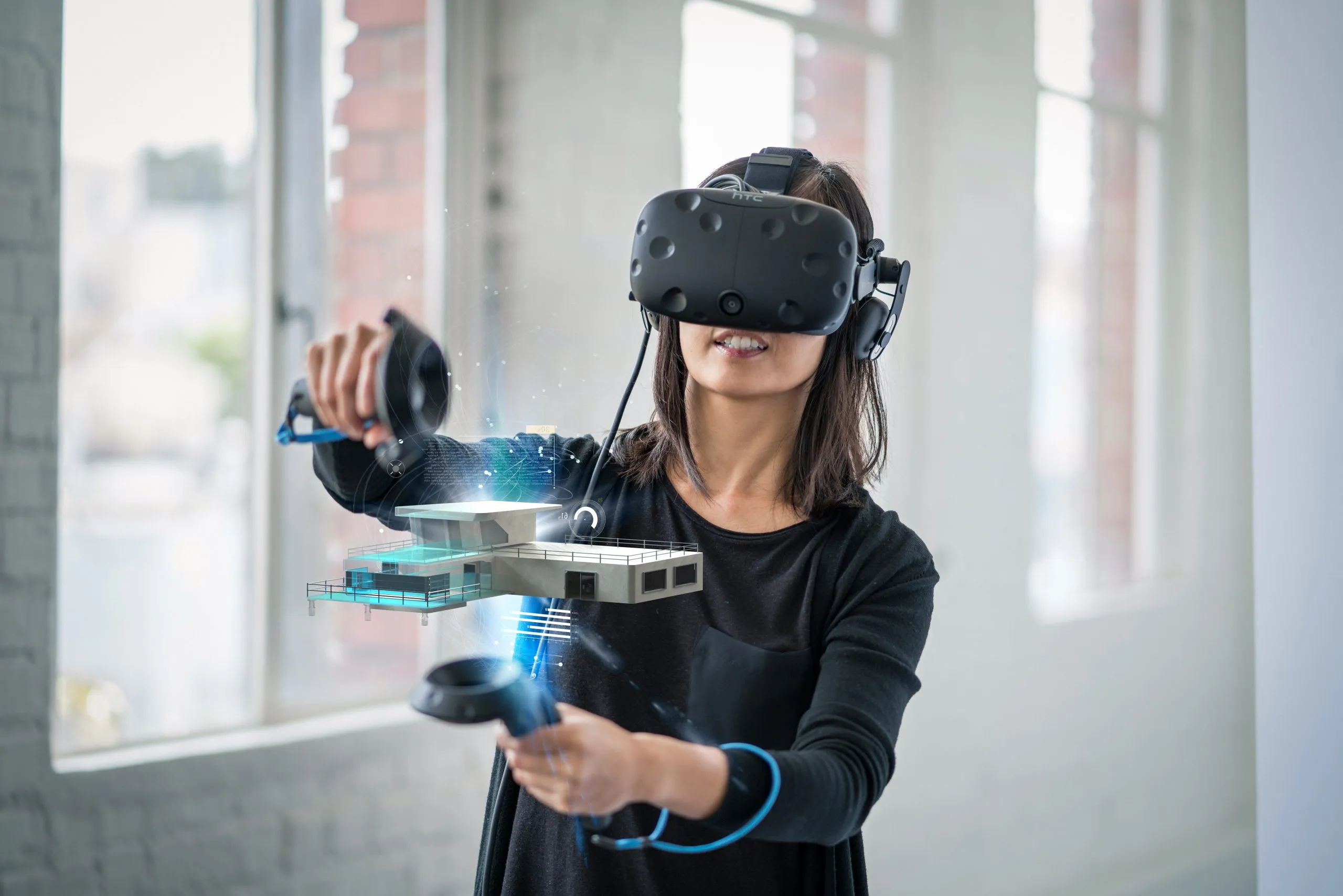
Companies aren’t always known for their ability to adapt to technological acceleration. It may be on the books, but committing to an actual shift is where initiatives often come up short. Prior to the pandemic, the best word to describe the pace of digital transformation would’ve been “slow.”
In fact, one study found that 84% of organizations felt digital transformation was crucial, yet only 3% had moved forward with companywide efforts. But as companies need to find new ways for reaching consumers, 3D modeling will come up on their radar.
Take the metaverse, for example. This network of 3D worlds has advanced to the point where it’s almost mainstream. New software and content creation tools, as well as an influx of major companies, are allowing for more content to move into the space. Mass adoption will only speed up the evolution, as more users and developers flood the metaverse and help it reach maturity. This presents companies in an array of industries with a massive opportunity to secure a first-mover advantage.
Phone manufacturers like Apple and Samsung are also getting into the game, democratizing content creation with LiDAR-equipped devices. These sensors enable everyday users to pull out their smartphones and quickly create 3D assets. Putting such capabilities within arm’s reach of average people only serves to move the needle further. And let’s not forget about Masterpiece Studio, which has developed software to create 3D content without in-depth technical knowledge, not only improving accessibility but allowing businesses large and small to stake claims to the new virtual world.
Though speculative in nature, non-fungible tokens (NFTs) have grown in popularity as an investment and property in the metaverse. These objects are challenging and expanding the view of 3D asset value. They’re also allowing people and brands to monetize information in a way that we’ve never seen, setting the stage for a potential change in the way brands do business and creatives produce work.
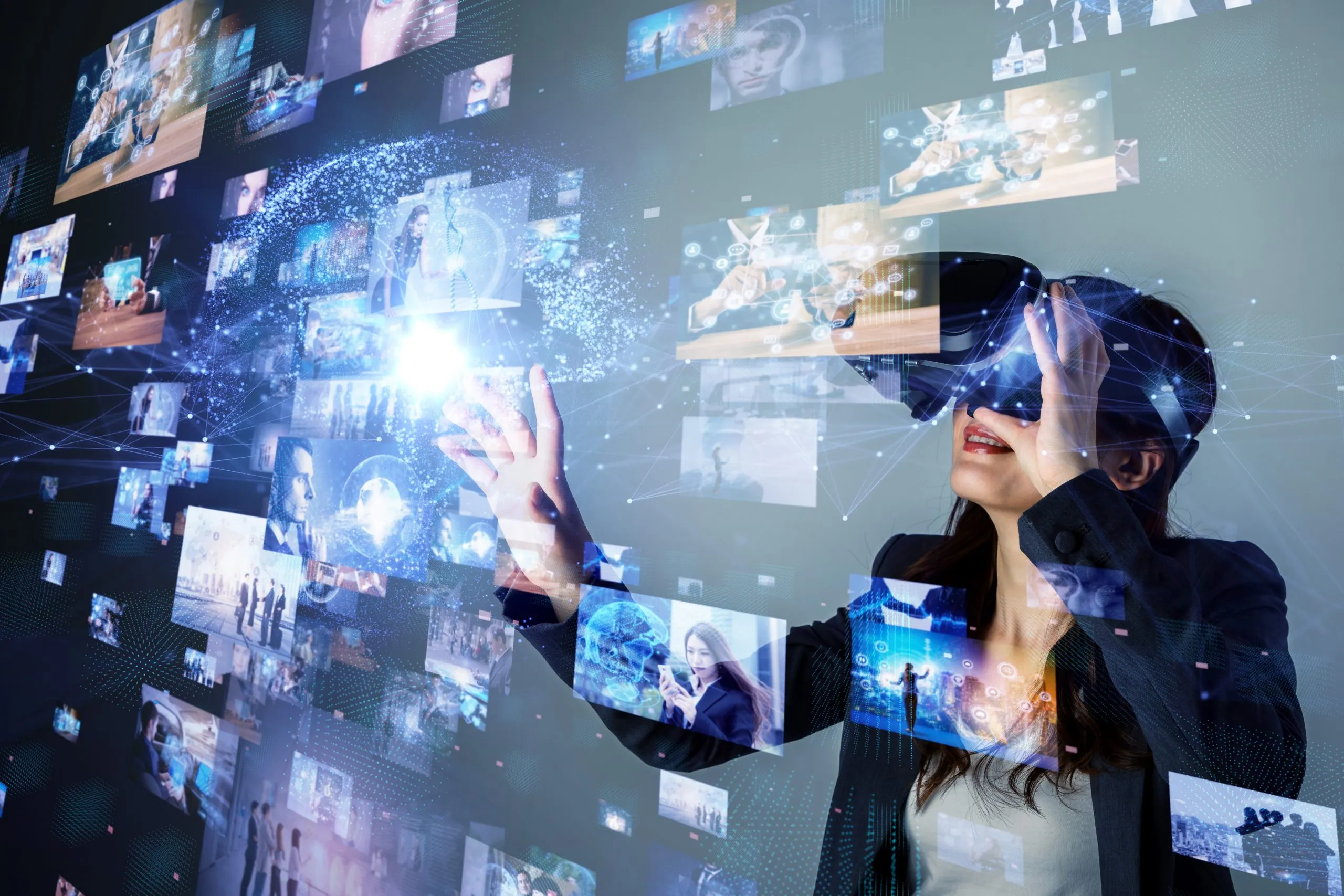
It’s hard to ignore that advancements in technology over the past few years have furthered the capabilities of 3D modeling by leaps and bounds. This trend is likely to continue on its current trajectory, making the technology even more accessible to an increasing number of industries. The only limitation, as they say, will be imagination. It’s up to industry leaders to uncover the right applications for their businesses. Those could include:
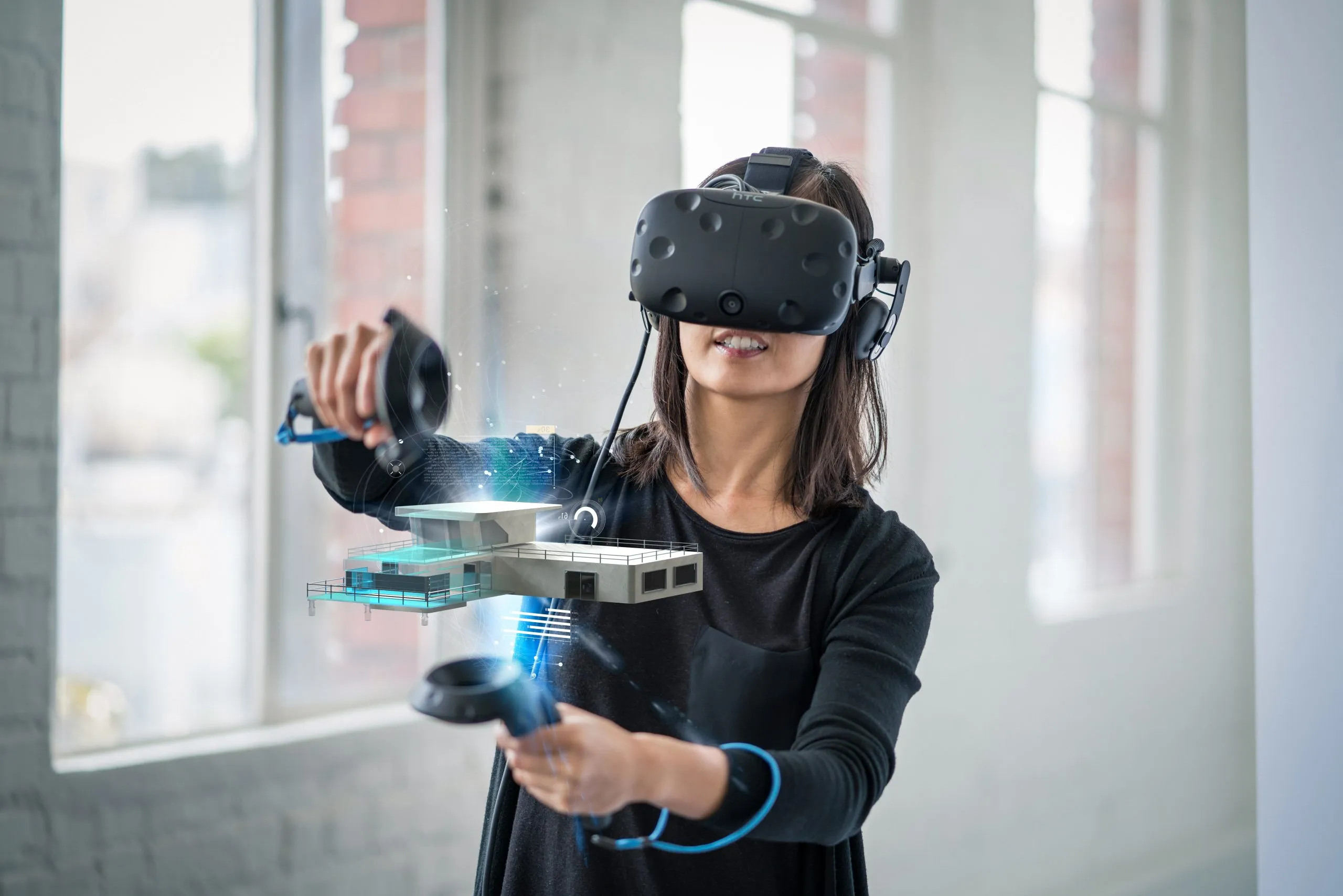
Online shopping will evolve to the point where customers can more easily access and explore 3D models of product lines. Back in 2019, the Switzerland-based luxury goods company Richemont came to us to develop a virtual popup experience. What we landed on was an immersive “magic” room, Richemont Arcadium, which featured custom 3D models for a range of its products. Over two weeks, the space attracted more than 7,000 visitors along with overwhelming praise.
As online shopping becomes more of a social experience, virtual showrooms will likely become commonplace. Consumers can meet up with friends to shop and see new things in a mall-like virtual experience. Global companies like IKEA and Wayfair are already experimenting with extended reality, and others have been making similar moves. Nike is hiring for metaverse roles as we speak.
More important, research suggests that 3D model creation is six times cheaper than traditional product photography. We expect this price to drop even more as more businesses explore this option and technology continues to improve. In fact, our company has already developed a virtual showroom platform, Magic Door, which uses augmented reality to place a virtual door in a user’s space to enter a branded showroom. Companies can customize and build out the experience as they see fit. Customers can enter a virtual showroom and interact with true-to-life representations of a brand’s goods.
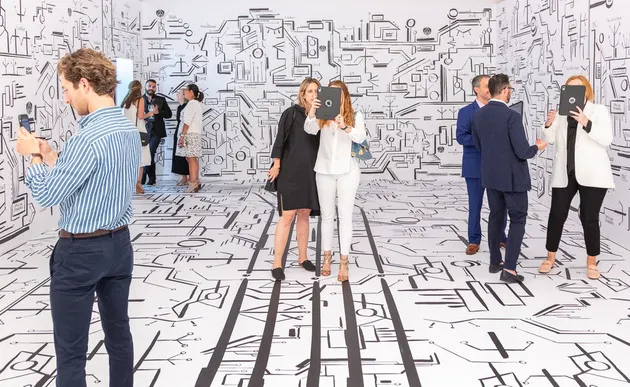
Expect to see 3D modeling capabilities also employed in the marketing realm. For one, extended reality marketing will increase in use, with brands taking up space in the metaverse with interactive ad experiences. A large part of this can be traced back to technology use, as 52.1 million people in the U.S. use virtual reality at least once a month. You go to where the customers are, after all. Brands will need to start creating a robust collection of 3D models in preparation. It’s all about telling richer stories with an immersive experience to enable a stronger emotional connection.
SmartDesk is already venturing into this territory, where the company is using our 3D modeling capabilities to allow customers to visualize the product in their space through the “View in AR” feature. It’s not only a helpful addition to the shopping experience but adds a sense of realism to high-tech products that encourages conversions. Even some of the company’s advertisements use 3D renderings of the desk for visual effect and accurate product shots — without the expense of shooting a commercial.
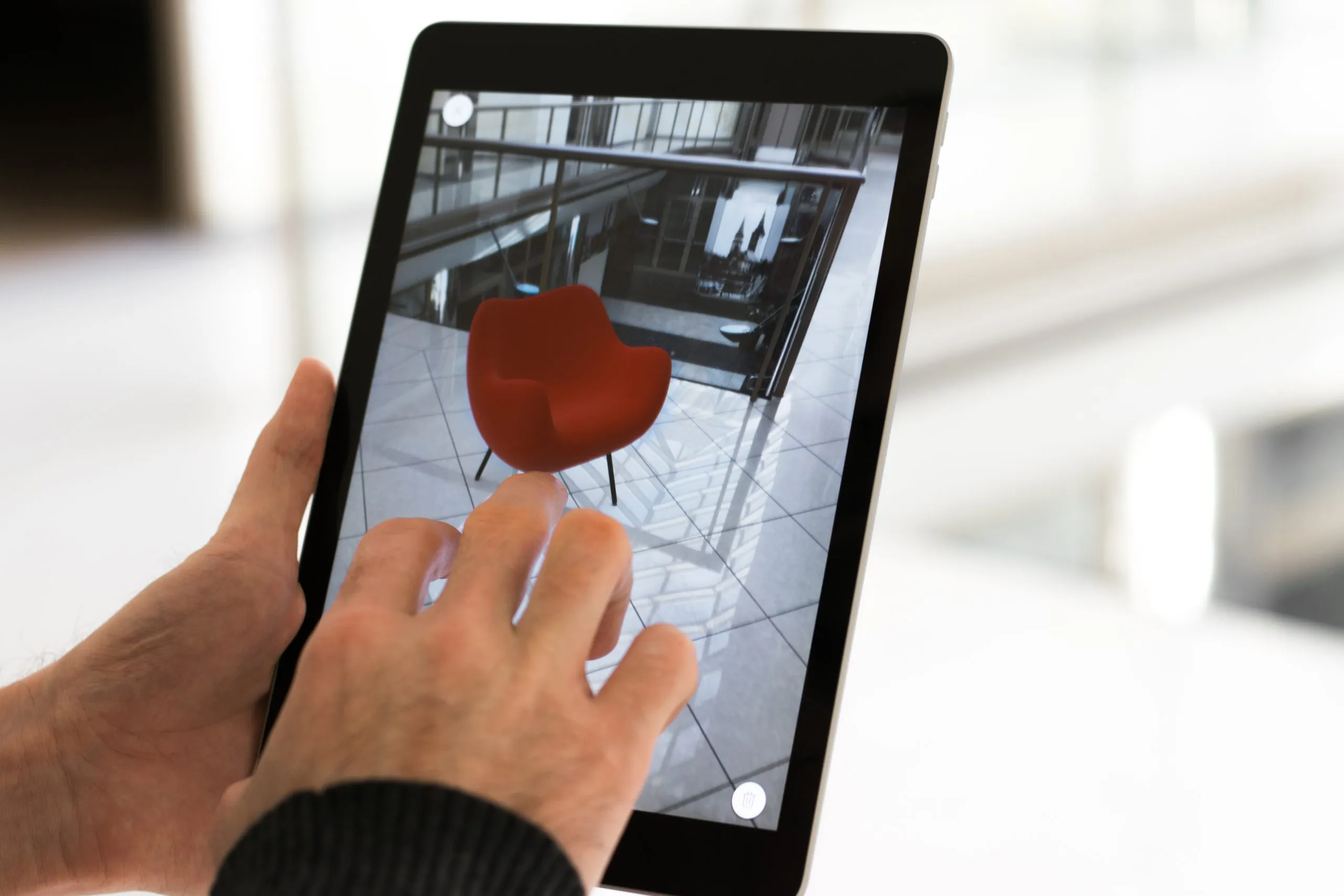
It’s likely that 3D models in extended reality will begin to infiltrate the workplace. Right now, fewer than half a million jobs worldwide are impacted by virtual reality or augmented reality. This will all change within the next decade, as upwards of 23 million jobs are set to use these technologies for everything from training and meetings to customer service and product development.
Microsoft and Meta are partnering to enable cross-functionality in their respective productivity apps, Teams and Workplace. This will allow users to integrate content the way that makes the most sense for them and leverage the metaverse to improve interactions and meeting quality within remote teams. Companies will simply need to get on board and invest in 3D assets to maintain the same level of tech excellence as competing employers. Otherwise, they’ll risk losing top talent to those companies with these capabilities.
Chances are that 3D modeling will vastly change the way people and businesses share information. From content creation to telecommuting, the ability to quickly create higher and higher-quality 3D assets will be a game changer. It’s more important than ever to familiarize yourself with the technology to ensure that your business is prepared.